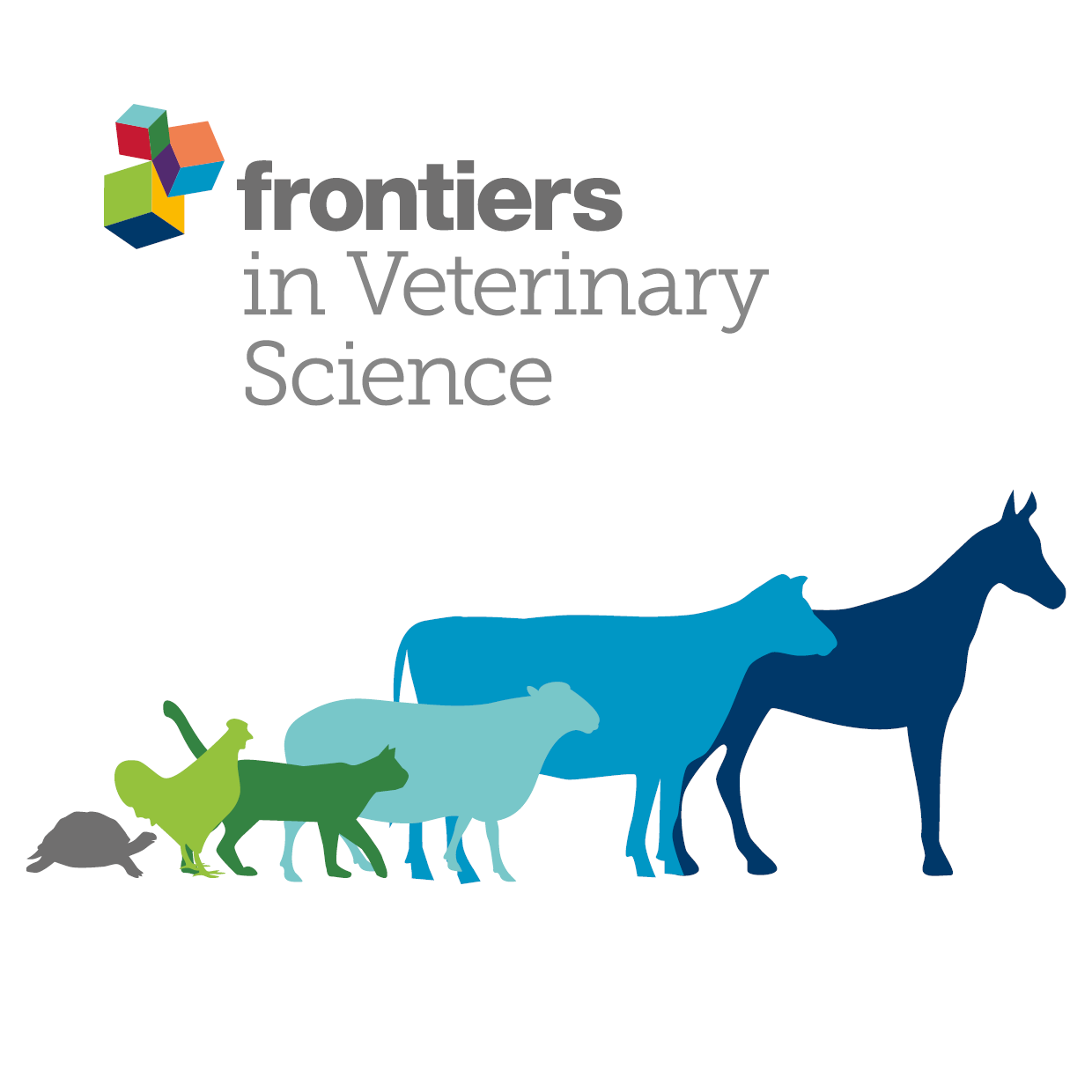摘要
先前的研究表明RES和HMB可能提高肌肉质量和脂质代谢,但它们对肉风味、脂肪酸组成的综合影响及其潜在的分子机制尚不清楚。因此,我们采用转录组学和脂质代谢组学研究RES和HMB如何协同调节关键信号通路和脂质代谢产物以改善肉质。5±0.14 kg),随机分为4组(每组n = 30): 1) H组(基础饲粮中不添加RES或HMB);2) H-RES组(1.5 g/d RES);3) H-HMB组(1.25 g/d HMB);4) H-RES-HMB组(1.5 g/d RES + 1.25 g/d HMB)。试验期100 d,其中预试期10 d,正试期90 d。分析了肌间脂肪形态、脂肪酸组成和风味化合物。利用转录组学和脂质代谢组学方法鉴定差异表达基因和脂质代谢物,然后通过途径富集分析阐明调控机制。结果:H-RES-HMB组肌间脂肪细胞面积和直径显著减少(p p p p ERBB4、P2RX7、ERBB3、P2RX3和SLC8A1)、Hippo (WNT9A、WNT10B、WNT6和WNT2B)、雌激素(HSP90AA1、TGFA和RARA)和花生四烯酸(PLA2G4A、ALOX12和PTGDS)信号通路,共同促进肌肉细胞增殖和分化,代谢组学鉴定出关键脂质分子(LPC(20:0/20:1)、PC(21:2/37:0/38:5)和通路(甘油磷脂、花生四烯酸代谢)有助于风味优化。综合分析强调PLA2G4A-AA-ALOX12/PTGDS轴是风味调节的中心枢纽。讨论:研究结果表明,RES和HMB通过调节脂质代谢和炎症反应协同改善肉质。sfa的减少和MUFAs/PUFAs的增加与营养价值的增加一致,而酮/酯的增加有助于良好的风味特征。转录组学和代谢组学整合表明,PLA2G4A水解PC(38:5)释放AA, AA通过ALOX12/PTGDS代谢生成风味前体(生成12-HPETE和PGD2)。这些机制解释了“减少异味和增强香气”的效果。未来的研究应该在其他牲畜中验证这些途径,以评估更广泛的适用性。Introduction: This study investigated the effects of dietary resveratrol (RES) and β-Hydroxy β-Methylbutyrate (HMB) on immune function, oxidative status, and morphological changes in intermuscular fat of Tibetan sheep. Previous research suggests that RES and HMB may enhance muscle quality and lipid metabolism, but their combined effects on meat flavor, fatty acid composition, and underlying molecular mechanisms remain unclear. Therefore, we employed transcriptomics and lipid metabolomics to explore how RES and HMB synergistically regulate key signaling pathways and lipid metabolites to improve meat quality.
Methods: A total of 120 male Tibetan lambs with similar initial body weight (15.5 ± 0.14 kg) were randomly divided into four groups (n = 30 per group): 1) H group (basal diet without RES or HMB); 2) H-RES group (1.5 g/day RES); 3) H-HMB group (1.25 g/day HMB); and 4) H-RES-HMB group (1.5 g/day RES + 1.25 g/day HMB). The experiment lasted 100 days, including a 10-day pre-test period and a 90-day formal trial. Intermuscular fat morphology, fatty acid composition, and flavor compounds were analyzed. Transcriptomic and lipid metabolomic approaches were used to identify differentially expressed genes and lipid metabolites, followed by pathway enrichment analysis to elucidate regulatory mechanisms.
Results: The H-RES-HMB group exhibited significantly reduced intermuscular adipocyte area and diameter (p < 0.05) but increased cell density. Among medium- and long-chain fatty acids, the H-RES-HMB group showed significantly decreased SFAs (C17:0 and C18:0) (p < 0.05) and significantly increased MUFAs (C15:1N5 and C18:1N9) and PUFAs (C18:2N6, C18:3N6, C18:3N3, C20:3N6, and C20:3N3) (p < 0.05). Additionally, flavor compounds such as 2-Hexanone, 3-Hexanone, 3-Pentanone, and Methyl acetate were significantly elevated in the H-RES-HMB group (p < 0.05). Transcriptomic analysis revealed that RES and HMB synergistically regulated the Calcium (ERBB4, P2RX7, ERBB3, P2RX3, and SLC8A1), Hippo (WNT9A, WNT10B, WNT6, and WNT2B), Estrogen (HSP90AA1, TGFA, and RARA), and Arachidonic acid (PLA2G4A, ALOX12, and PTGDS) signaling pathways, collectively promoting muscle cell proliferation and differentiation, Metabolomics identified key lipid molecules (LPC(20:0/20:1), PC(21:2/37:0/38:5)) and pathways (Glycerophospholipid, Arachidonic acid metabolism) contributing to flavor optimization. Integrated analysis highlighted the PLA2G4A-AA-ALOX12/PTGDS axis as a central hub for flavor regulation.
Discussion: The findings demonstrate that RES and HMB synergistically improve meat quality by modulating lipid metabolism and inflammatory responses. The reduction in SFAs and increase in MUFAs/PUFAs align with enhanced nutritional value, while elevated ketones/esters contribute to favorable flavor profiles. The transcriptomic and metabolomic integration reveals that PLA2G4A hydrolyzes PC(38:5) to release AA, which is metabolized via ALOX12/PTGDS to generate flavor precursors (generating 12-HPETE and PGD2). These mechanisms explain the "reduced off-flavor and enhanced aroma" effect. Future studies should validate these pathways in other livestock to assess broader applicability.

 求助内容:
求助内容: 应助结果提醒方式:
应助结果提醒方式:


